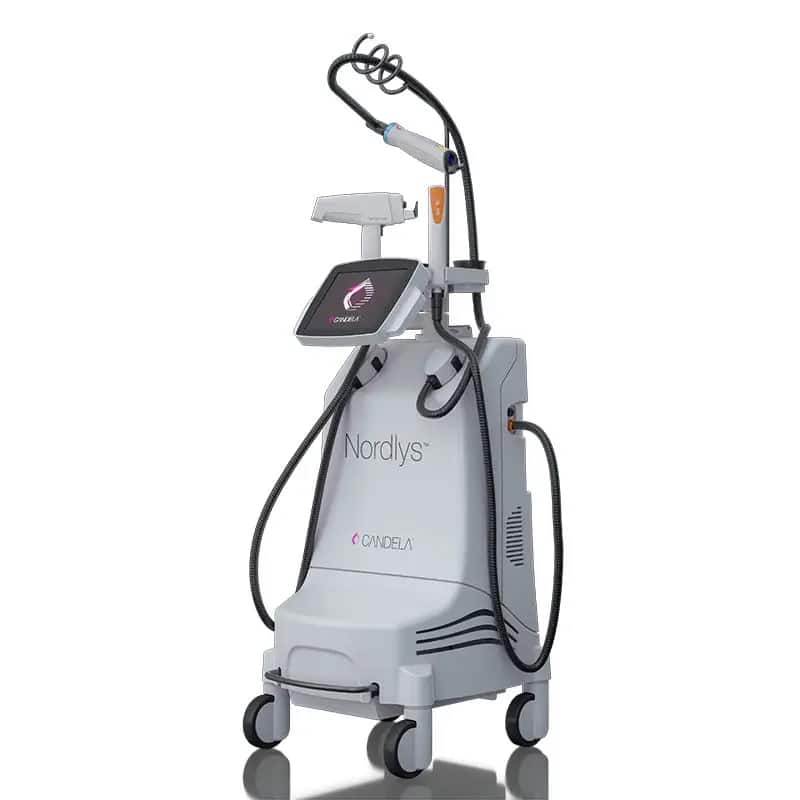Topical Treatments
Medication applied directly to the skin to treat superficial skin cancers
Topical agents offer a non-invasive option for treating superficial skin cancers, minimising scarring and preserving surrounding healthy tissue with targeted therapy.
5-Fluorouracil Cream:
Pros: Effective at killing precancerous cells.
Cons: Can cause significant skin irritation. Apply to the affected area 2 times a day for 2 to 4 weeks. (Sometimes, not practical)
Imiquimod Cream:
Pros: Might be eligible for PBS subsidy. General patient charge $30-35+F17
Cons: Prolonged treatment duration, may cause local skin reactions.

Key Information:
Fluorouracil is a chemotherapeutic agent that inhibits RNA formation, effectively managing actinic keratoses and in situ squamous cell carcinoma but is less effective for basal cell carcinoma.
Imiquimod is an immune response modifier that treats skin conditions by binding to Toll-like receptor 7, inducing a local immune response to destroy cancer cells.
- Yes, treatments like fluorouracil and imiquimod can cause side effects, including inflammation, erosion, ulceration, and sometimes, systemic effects like fever and muscle pain.
- The use of topical agents such as fluorouracil and imiquimod for the treatment of superficial skin cancers, while effective, can lead to a range of side effects that patients should be prepared for.
- Both medications can cause the treated areas to become red, tender, and eventually erode or ulcerate over the course of treatment, which typically spans several weeks or even months, depending on the severity and response of the lesions.
- Fluorouracil often requires application twice daily for 2 to 4 weeks, potentially leading to intense skin reactions including ulceration, necessitating a break to allow for healing.
- Imiquimod, used less frequently per week, still evokes a significant inflammatory response, potentially resulting in similar discomfort and the development of painful ulcers. The length and frequency of treatment, coupled with the distress of skin ulceration and associated pain, underscore the importance of close medical supervision and adherence to prescribed aftercare instructions to manage these side effects effectively.
Nordlys System Features:
Wavelengths:
PL400 (400-720nm) for pigmented lesions, along with PR(S) 530 (530-750nm) and VL(S) 550 (555-950nm) for comprehensive skin rejuvenation and treating vascular lesions.
Indications:
- Treatment of facial telangiectasia
- Management of small melanocytic nevi and solar lentigines
- Reducing diffuse erythema (rosacea) Acne treatment


Topical Skin Treatments
At Iso Skin Cancer & Laser Clinic, we integrate topical treatments with cutting-edge laser technology to craft personalised care plans.
This integrative approach guarantees precise and safe outcomes tailored to your individual needs.
If you are seeking solutions for sun-damaged skin or other pigmentation issues, we invite you to schedule a consultation to explore your options and discover how we can assist you in achieving healthier, more radiant skin.
Book Now. No referrals required.
Our Skin Check, Cosmetic and Laser services are confidential, gentle and friendly to ensure patient comfort and safety throughout the whole process. Our experienced doctors will guide you and expert advice, so you can make confident and informed decisions.
Advantages of Photodynamic Therapy
At ISO Skin Cancer and Laser Clinic, our commitment to expertise, compassion, innovation, and integrity drives everything we do to ensure the highest quality of care for our patients.
Recovery Time
PDT typically results in abc out 5 days of redness and irritation, compared to the discomfort extending over 4-6 weeks with topical chemotherapy creams.
Effectiveness
PDT has an approximate clearance rate of 80%, while traditional topical treatments like Efudix have a completion rate of about 75%. Laser-assisted PDT can further increase this rate to approximately 85%.


